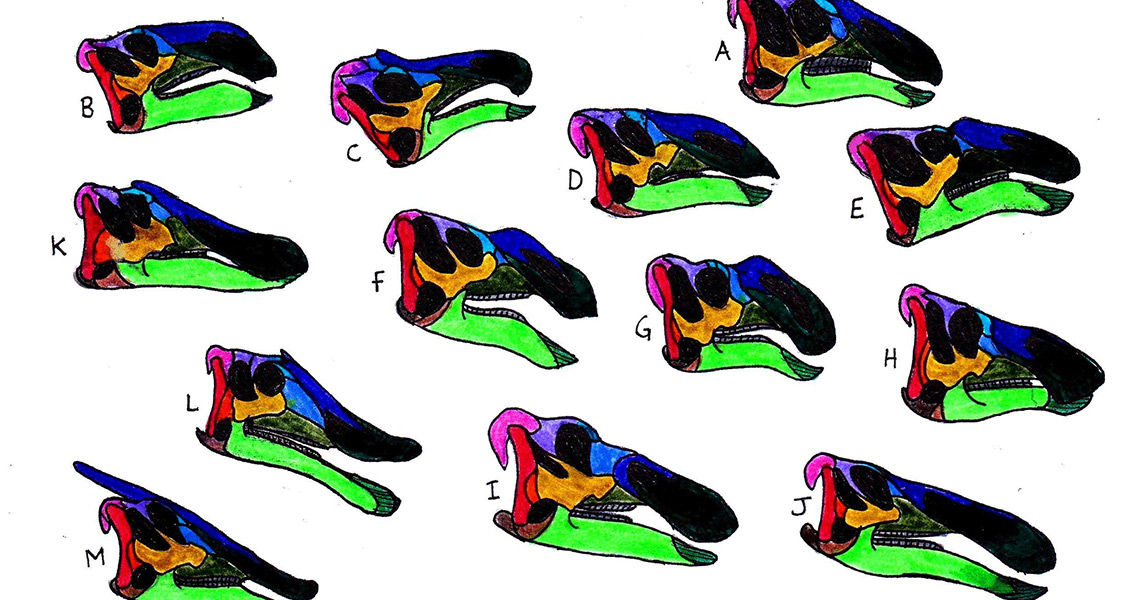<![CDATA[The discovery of a new duck-billed dinosaur species has revealed the evolutionary transition between later species and those it is descended from, according to the Montana State University (MSU) paleontologists responsible for a recent research study on the subject. MSU scientists Elizabeth Freedman Fowler and Jack Horner wrote in their research paper that the duck-billed species fills the gap created by a “missing link” between the species that both preceded and followed it. The differences in particular are concerned with the slow but steady development of an ornamental crest on the species; while the oldest specimens had no crest and the younger ones had a large crest, the middle species has a crest somewhere in between when it comes to size and prominence. The new dinosaur, which has been given the name Probachylophosaurus bergei by the two paleontologists, is understood to have existed as a transitional species between the 81-million year old Acristavus and the 77.5 million year old Barchylophosaurus. Fowler described the Probrachylophosaurus as possessing a small, triangular crest that barely graced the top of the dinosaur’s head above its eyes, while its predecessor had no crest whatsoever. Meanwhile its successor, Brachylophosaurus, had a crest that encompassed the back of the top of its skull completely in a flat, paddle shape. The presence and shape of these crests is one of the main ways in which the three species can be differentiated, as the rest of their skull structures are highly similar otherwise. The remains of Probachylophosaurus were first found in 1981 when a group of students visiting from the University of California Berkeley discovered them in the side of a quarry. However, it wasn’t until 2007 that these bones were excavated, with Fowler leading the dig site at the behest of Horner. After collecting and analyzing the remains – which had affectionately been nicknamed “Superduck” fossils – the pair discovered that the fossils contained the skull and the postrcanium of a hitherto undiscovered species of duckbilled dinosaur. Meanwhile, a nearby dig site yielded a juvenile specimen of the transitional dinosaur species, corroborating Fowler and Horner’s initial find and shedding even more light on the evolutionary development between the middle and third species. The new paper, published in PLOS ONE, is just one of many that Fowler and Horner have plans to publish from the results of their fieldwork in the region. Image courtesy of Wikimedia Commons user: Danny Cicchetti]]>
New Dinosaur Species Reveals Evolutionary Transition
